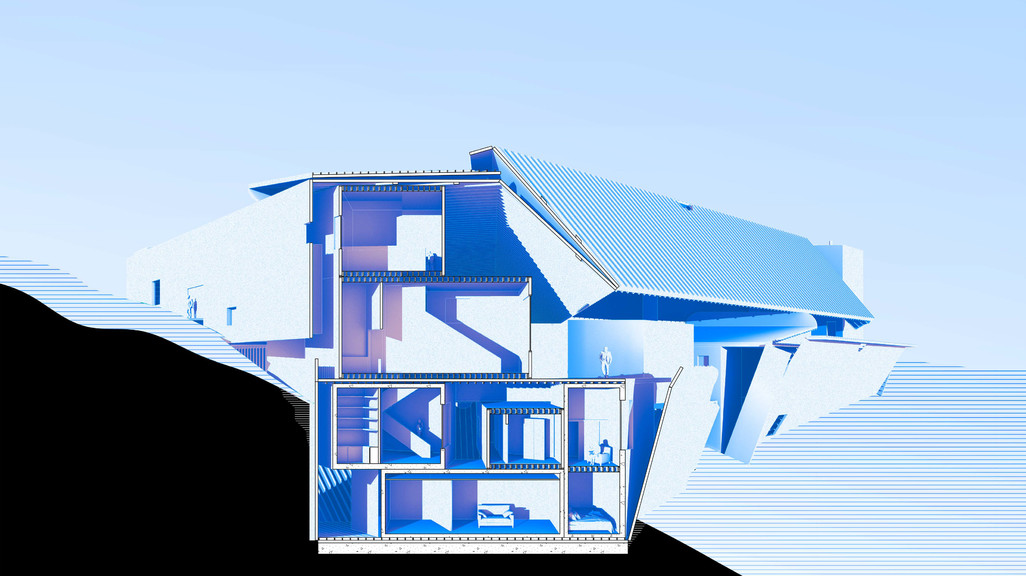
Boxes, and How to Live in them with Other People
401 Advanced Topics Studio
2020
Like almost every major American city, Los Angeles has a severe housing deficient inflected by the particularities of the City’s history and geography. How will Los Angeles densify as its population grows and the city hits the geo-graphic and psychological limits of lateral sprawl? The site of densification, paradoxically, will be the single-family parcel. The method will be a modest, piecemeal, one-at-time addition of accessories and subdivision into smaller fragments. The population will be the atomized, desirable bits of the former family bloc.
The challenge for architecture in this scenario is to produce novel forms of inhabitation that similarly hybridize LA’s suburban and utopian legacies, finding in them new impetus for contemporary design. The studio begins by imaging a point of origin for these legacies circa 1920, when the Rudolph Schindler built the Schindler-Chase house. Like many of the buildings designed by his generation of Austrian peers, the Schindler-Chase house can be read as inheriting a struggle between two poles of his architectural education: the decorative and craft-making fixa-tions of Otto Wagner and the abstraction of Adolph Loos with its pretensions to make design more explicitly polit-ical and tied to the socioeconomic status of its audience.
From this milieu we will choose to inherit a disciplinary problem: the box as a house for a new kind of family. Schindler imagined the box as a pure spatial container that capable of sponsoring totally new kinds of inhabitation and familial configurations. Despite his own words, the box in his work also becomes the site for tectonic expire-ments in frame construction and decorative effects tied to the logic of assembly.
Related Faculty |
Benjamin Freyinger |


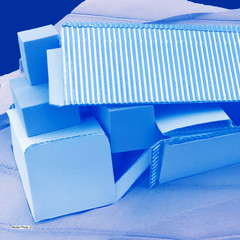
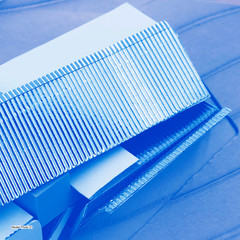

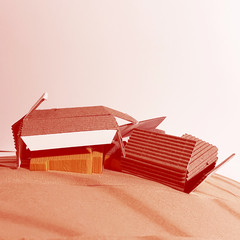
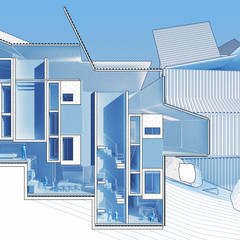
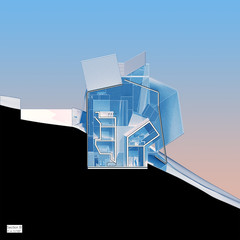
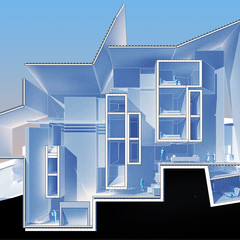


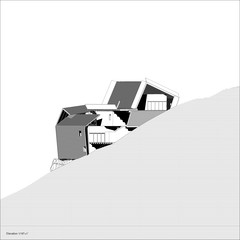
- Georgia Pogas
- Georgia Pogas
- Georgia Pogas
- Georgia Pogas
- Michael DePrez
- Michael DePrez
- Ada Wang
- Ada Wang
- Ada Wang
- Zihao Ding
- Zihao Ding
- Zihao Ding